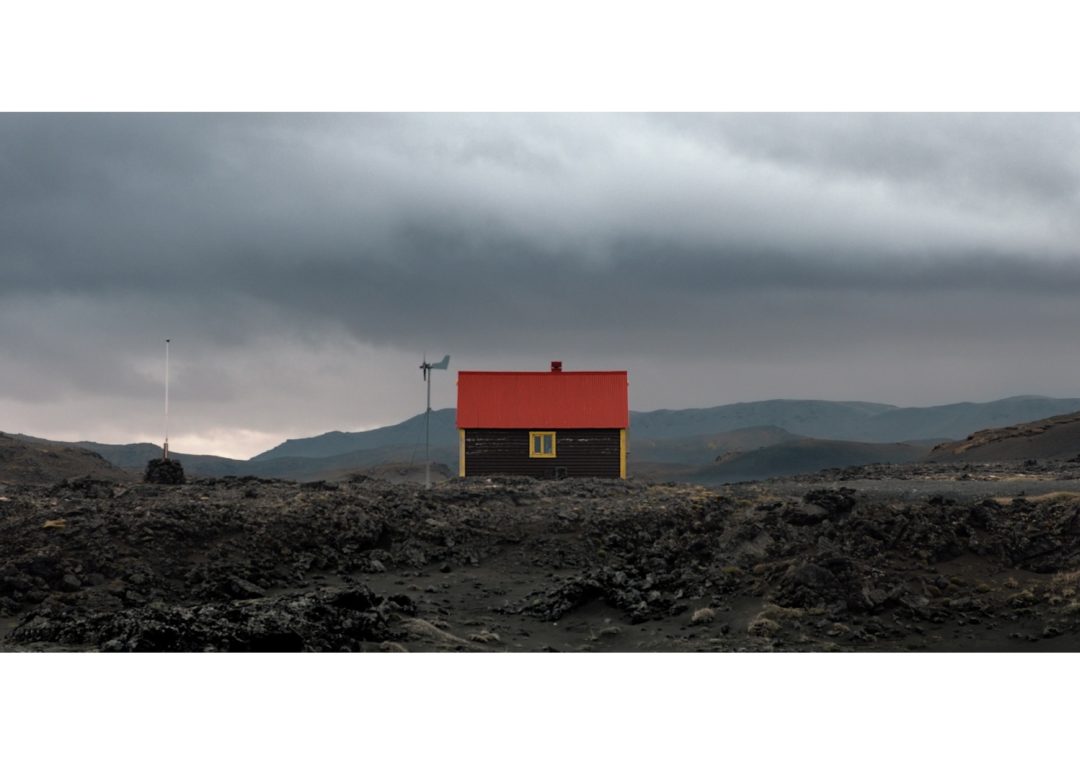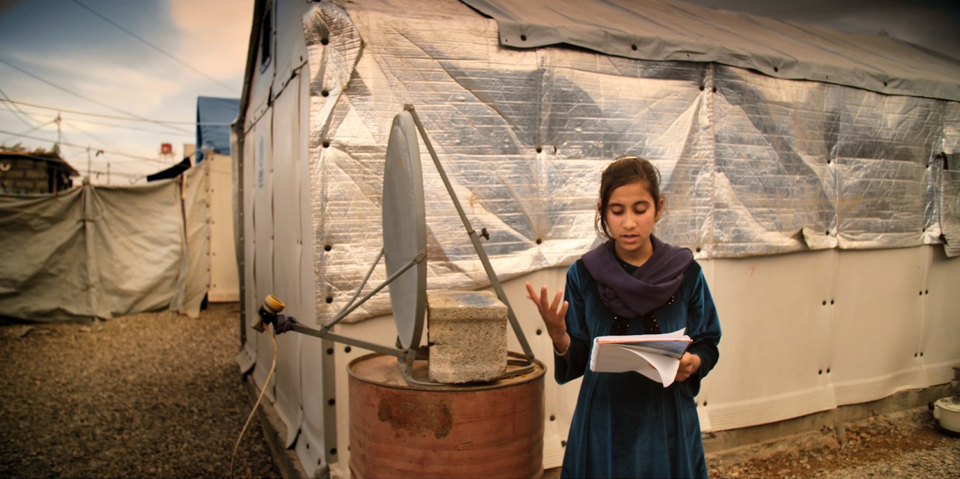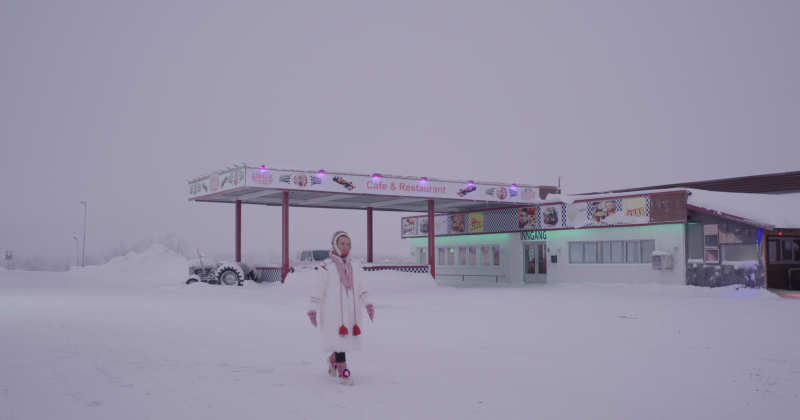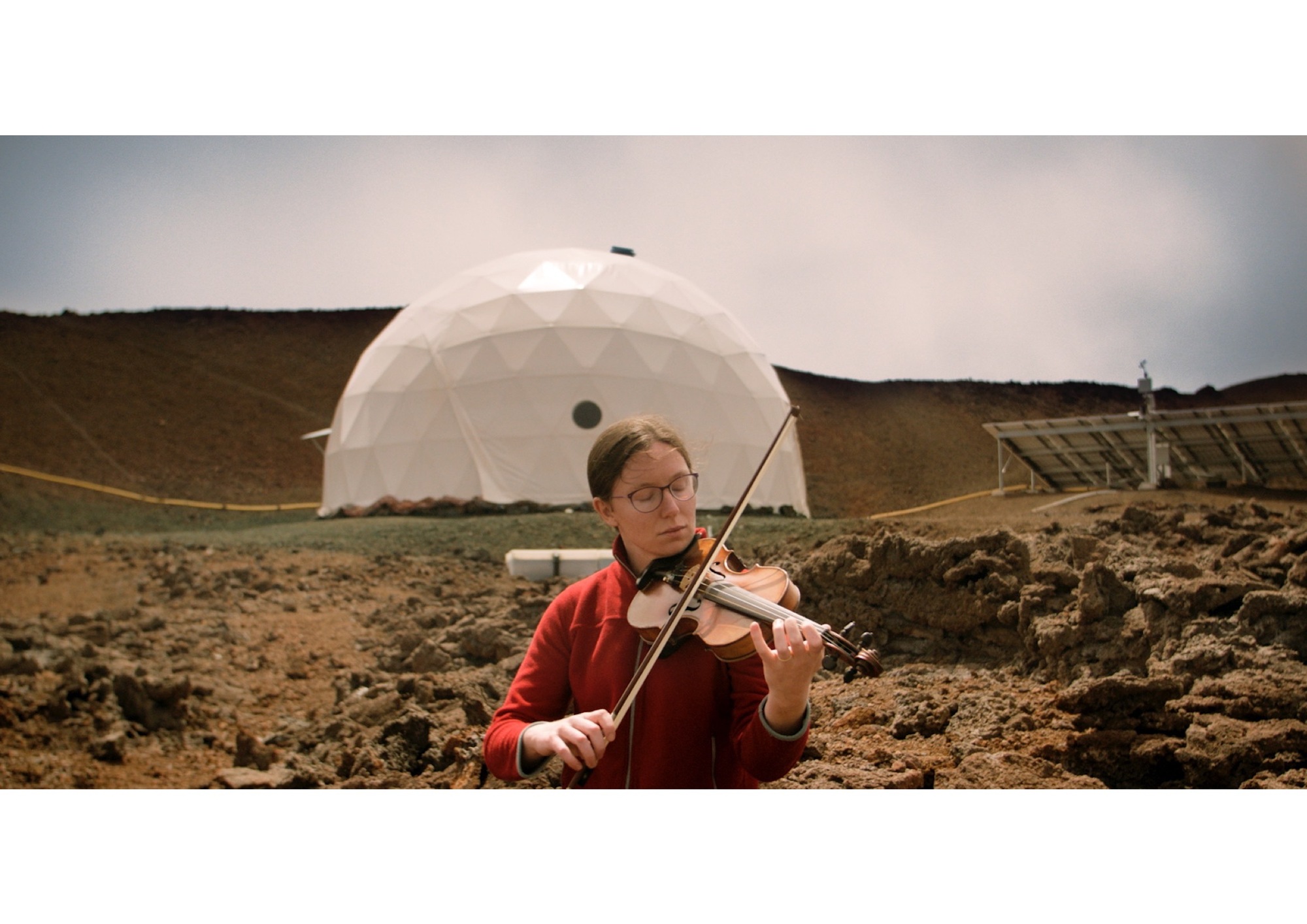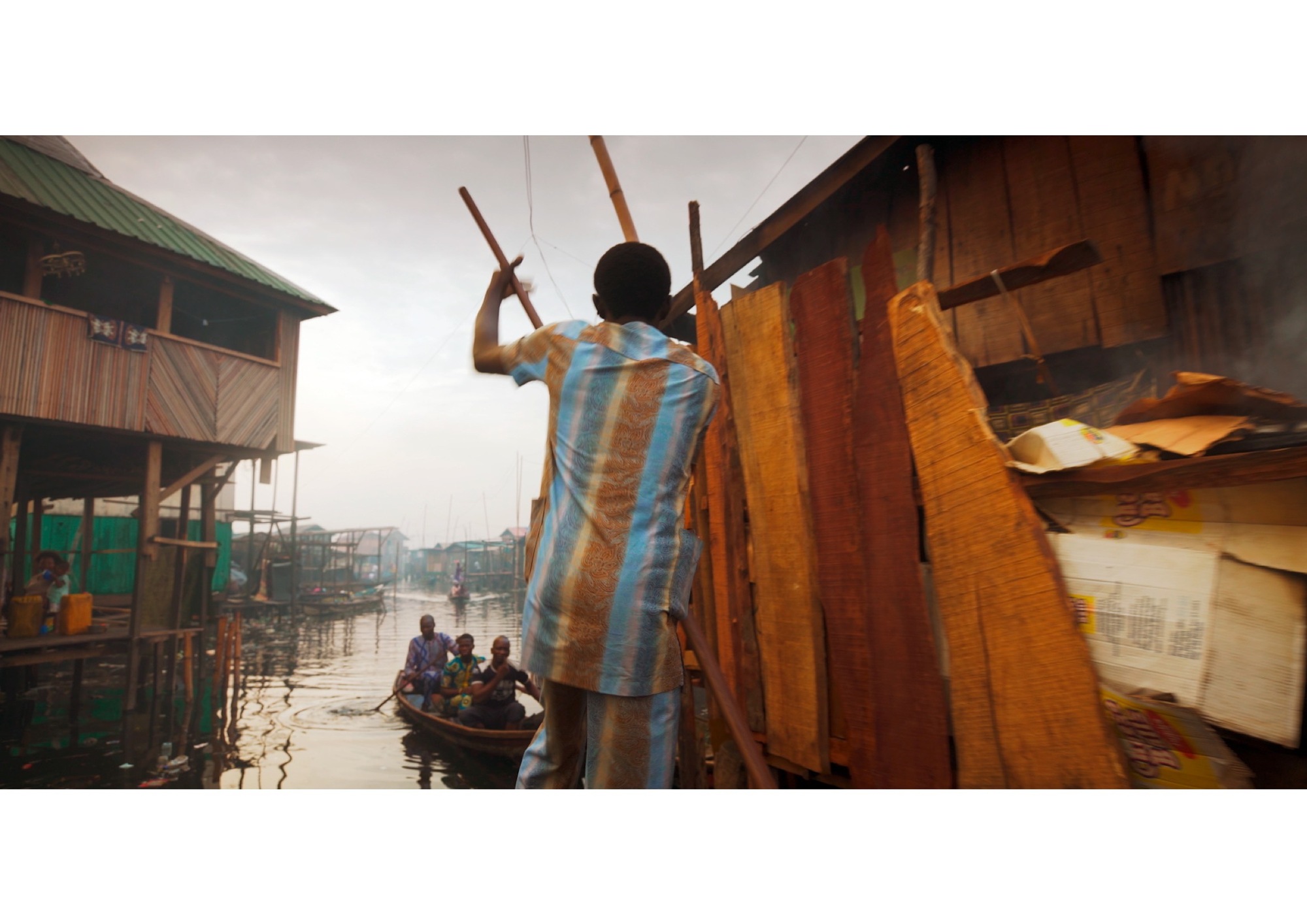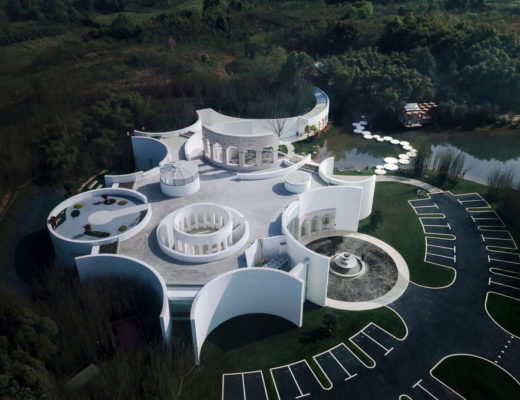Even as we mark the UN World Habitat Day as well as World Architecture Day on October 5, the ongoing battle against the Covid-19 pandemic seems to have exposed the vulnerabilities of urban centres that account for 95% of all confirmed cases and have been at the epicentre of this pandemic. With healthcare facilities buckling under pressure, jobs disappearing, schools closed and movement restricted, it’s time to rethink our living environments and habitats.
As a result, some of the key opportunities are highlighted in World Habitat Day’s theme this year – Housing for All: A Better Urban Future.
Housing is now widely recognised as a frontline defence against Covid-19, with residents across the world being told to stay at home and wash their hands. But these simple measures are impossible for the 1.8 billion people that live in inadequate housing conditions, informal settlements, overcrowded homes, homelessness, and unstable housing conditions.
Cities and towns have moved quickly to provide emergency housing solutions and shelter for the homeless, quarantine spaces, to postpone evictions and truck in water. These efforts should not be reversed even when the pandemic is over. These temporary measures need to lead to long-term policy changes that will bring about a sustainable way of living for communities at large.
Otherwise, poverty and inequalities will be further exacerbated, and millions of people are at risk of losing their homes, once temporary bans on evictions are lifted, or when the lack of stable income results in missed rent or mortgage payments.
At the same time, it is imperative to recognise that providing adequate housing is a shared responsibility, which depends on national and local governments, civil society, businesses, and local communities working together.
UN-Habitat has launched a five-week-long campaign on ‘Housing for All’, to spread the message that housing is more than just a roof. Adequate housing is central to providing shelter against safety and health risks. It is an essential condition of living in dignity, and the basis for belonging and wellbeing, and a key for access to public spaces, job opportunities, hospitals, schools, and food.
Inclusive, affordable, and adequate housing is central to transforming our cities and communities and making them resilient, and to the achievement of Sustainable Development Goal 11 and all the SDGs.
To mark the occasion, we shed light on a documentary film by Danish filmmaker Boris Benjamin Bertram whose film, The Human Shelter, The documentary The Human Shelter is an anthropological and poetic journey, which investigates how we, as human beings, create our homes. In a sentient and playful way, the film explores the varied idea of the concept of ‘home’ through the lens of people in different parts of the world, who exist under different vastly different circumstances even as the basic necessities remain universal throughout.
The critically-acclaimed film that debuted at the Copenhagen Architecture Festival 2019, takes viewers to some of the world’s extremities concerning climate change, growing megacities, and conflict zones, where human resilience, diversity, dignity, and ingenuity are constantly challenged.
The film, funded by Swedish furniture retailer Ikea, attempts to highlight people’s ability to live and express themselves poetically when creating a home. Regardless of where one’s home is – whether in a lagoon settlement in Lagos, in a refugee camp in Iraq, or a 6m2 dwelling in Tokyo, the film poignantly drives home the point about the significance of one of the most universal and fundamental needs for all humans – shelter.
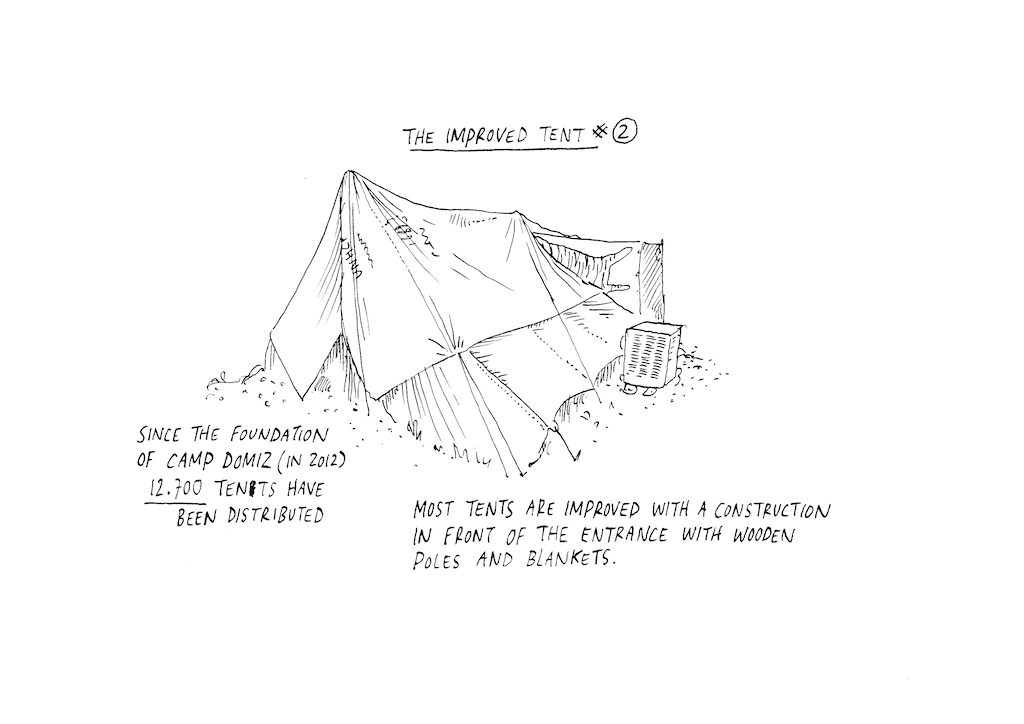
A project for the UN by Dutch artist Jan Rothuizen that details how the lives of refugees begins with a tent in a temporary shelter.
Over four years, Bertram travelled across four continents and filmed in nine different countries. Throughout the journey he asked questions like: When does a refugee camp shelter in Iraq become a home?; What can a Sami reindeer herder teach the modern human about the concept of time?; Why can the smell of a glacier in spring make us feel at home in our bodies?; And, what would a home on Mars look like in the future?
Bertram also travelled to the world’s conflict zones with war photographer Jan Grarup, where he filmed people fleeing from war and nature disasters in Iraq, Kurdistan and the Central African Republic. It was here I started filming for The Human Shelter focusing on people in motion and without homes. Working with three of Denmark’s best film photographers: Henrik Bohn Ipsen, Adam Philp and Lars Reinholt, the team’s vision was to create an extraordinary cinematic piece. In addition, the photographers Jan Grarup and Sofie Amalie Klougart have contributed with their unique style of still images.
Sheltering from conflict
The documentary offers a glimpse into how people live in challenging circumstances, exploring ideas of shelter, home and belonging. In a refugee camp in Arbat, Iraq, one girl shares her poem: “Welcome to my home, everyone’s tent, and mine. Help me, so I can get to my community.” Or a man in the refugee camp enthusiastically showing his suits ready for when he may get a proper job.
A snapshot of nomadic lifestyles
The film also explores the idea of home beyond a single physical place. In the snow-bound landscape of Kautokeino, Norway, nomadic Sámi reindeer herders describe the transitory nature of their homes. “You can say I have several,” says one. “Winter, spring, summer and autumn. There are four places where I move and settle.”
Life in extreme environments
Even the most challenging natural surroundings and dwellings can become home. In NASA’s Mars habitat in Hawaii, a crew live in isolation for eight months on a barren volcano, simulating life on a mission to Mars. “Over time, it just became a very comfortable and familiar space,” says one of the crew when they finally emerge from their pod on Exit Day.
Different urban perspectives
City living is examined from several angles. In Tokyo, a woman has turned her tiny apartment into a photography lab. “I live here on my own, in a dark space with my photos,” she says. “Of course, I sometimes feel lonely. But when I devote myself to my work, I forget about myself and kind of transcend. This is important for me, living in busy, noisy Tokyo.”
A look at life on the water
The film reveals alternative ways of living. In a floating shanty town in Lagos, Nigeria, residents discuss day-to-day life. A young man proudly showcases a collage of pictures of his family members that he has created on a wall in his house on the lagoon – a personal and colourful attempt at interior design. “Sleeping on the water is no different to sleeping elsewhere,” he says. “It has its ups and downs. It’s our tradition to always stay close to our relations. That’s what I love about living here; I’m in touch with my relatives.”
The film is available to the public online from 5 October to 6 November 2020 for free on UN-Habitat’s Youtube channel.
All photos (except refugee camp illustration) courtesy: Boris Benjamin Bertram
You might also like:
World Refugee Day: Jan Rothuizen takes us inside Domiz refugee camp in Iraq
World Architecture Day 2019 celebrates the theme of Housing for All

